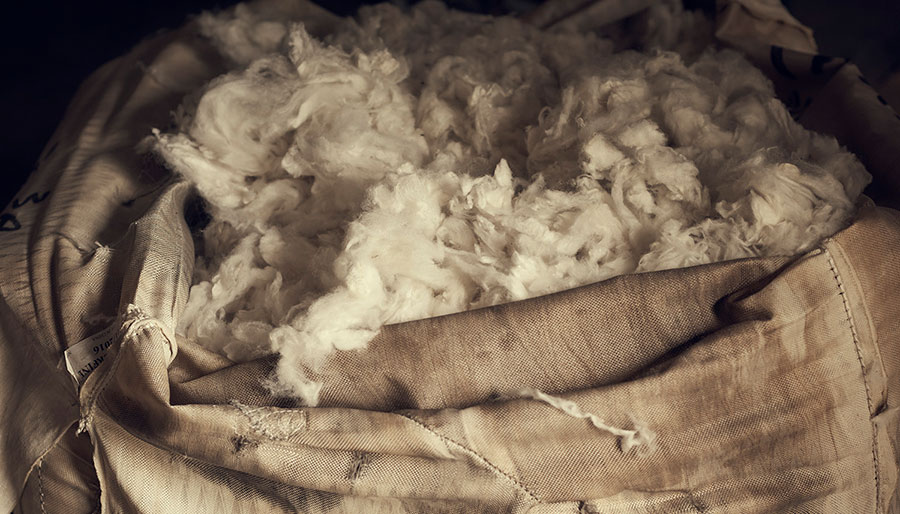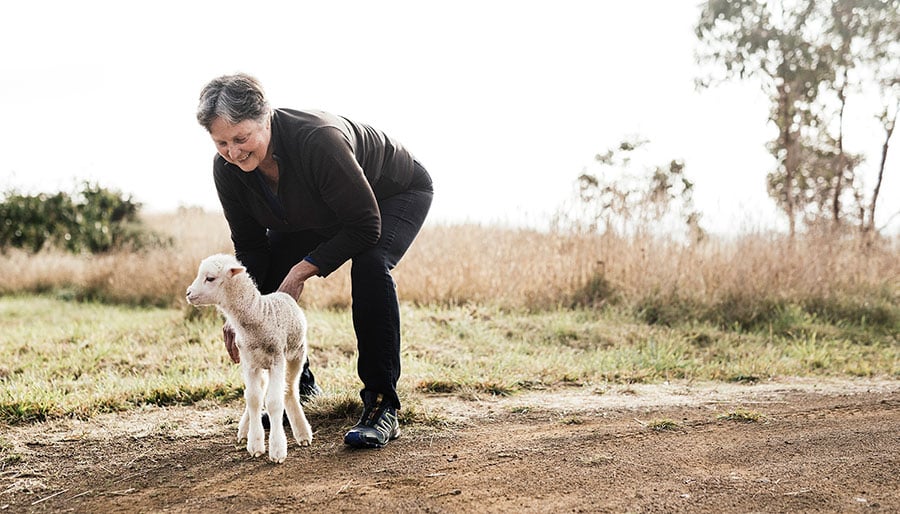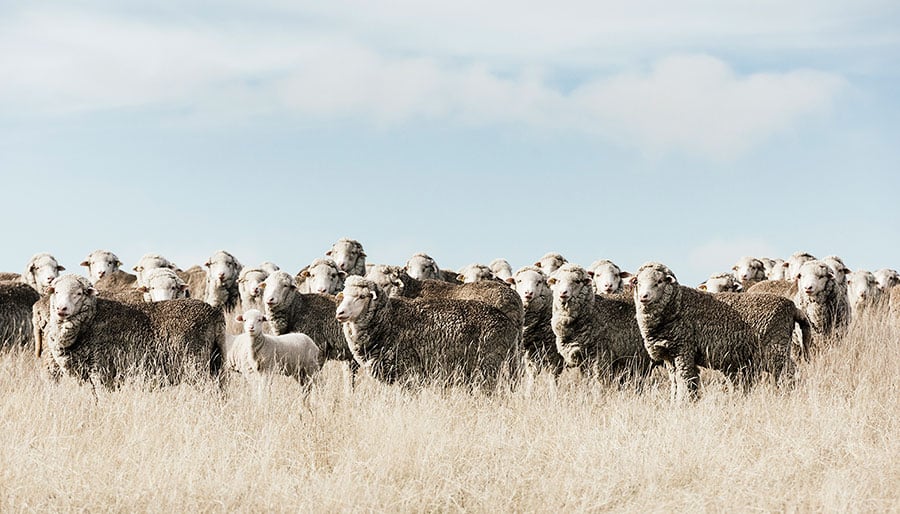Wool has long been accepted as an environmentally positive fibre choice with a number of benefits, such as being 100% natural, renewable, biodegradable and recyclable. Not to mention that it is thermo-regulating, easy to care for, and can be repaired and enjoyed for years and years.
Increased consumer anxiety over climate change and a desire for complete transparency has challenged every brand to rethink their approach to business and best practice. This includes their material choices - the fibres selected to create products, and how these materials are produced.
Wool is the original eco fibre
100% Natural, renewable and biodegradable
No other fibre, natural or man-made, can match all of wool’s naturally inherent benefits.
World's most recycled apparel fibre
Wool is the most recycled apparel fibre in the world.
No microplastics, unlike synthetics
Wool is biodegradable so does not contribute to microplastic pollution in our oceans or on our land.
Currently cotton and synthetic fibres are the most widely used and produced fibres globally. And yet they do not share the same performance, repairability and environmental credentials as wool. From the raw material stage on a farm to driving the adoption of cleaner wool processes and technologies, wool offers the opportunity to create high quality, durable, comfortable and beautiful products that have been created with the land and biodiversity at centre stage.
Wool is part of the natural carbon cycle
Many textiles and fibres are made from carbon-based products, but only some, such as wool, are made from renewable atmospheric carbon. When disposed of, wool acts like a fertiliser by slowly releasing valuable nutrients and carbon back into the soil.

By comparison, the carbon in major synthetic apparel fibres, such as polyester or acrylic, is extracted from fossil fuels, de-sequestering carbon stored millions of years ago.
But even at the beginning wool can play a role in sequestering, or storing, carbon, through the use of regenerative farming practices.
The Woolmark Company is constantly assessing how the wool industry can reduce its carbon footprint.
Wool and greenhouse gas
There are many ways the wool industry is working to manage and reduce GHGs. In Australia, where more than 90% of the world’s fine apparel wool is produced, significant research is under way to better understand and mitigate methane. At the farm level, emissions can be offset by changing pasture species, improving soil management to increase carbon storage, and via tree planting.
Download a fact sheet on wool and GHG.

Life Cycle Assessments of wool
The fashion industry is increasingly reliant on Life Cycle Assessments (LCA) to determine the environmental footprint of clothing. However, LCA is a young science which is still evolving.
Current LCA methodologies show non-renewable (synthetic) fibres in a positive light, scoring them better than renewable (natural) fibres.
Natural fibres like wool and cotton are grown on farms where the resources needed to create the fibre can be readily measured and accounted for in LCA - such as the amount of land, water and energy - as well as waste streams to waterways and to the air. However, the oil that synthetic fibres are made from comes ‘free’ of an environmental footprint because the large amount forest, land and greenhouse gas emissions associated with creating the oil happened eons ago. This inconsistency in system boundary for producing textile fibre inherently disadvantages the ratings of renewables compared to non-renewables.

Looking further along the life cycle, we see wool’s strengths in the use phase of clothing and end-of-life. Consumers wash wool clothing less frequently than other fibre types, saving the water, energy and detergent associated with laundering. Surveys show consumers are much more likely to donate wool clothing to charity, where it is either used again or recycled to create new yarn and fabric. Ultimately, when the fibre is exhausted it readily biodegrades, releasing its nutrients to the soil to be used again. These strengths of wool in the use phase and end-of-life are not yet considered in LCA ratings.
Learn more about the life cycle of wool.
Wool and the circular economy
Wool, by nature a circular fibre, can help brands enter more easily into the development of circular products. Many brands and designers are asking themselves how they can shift into a circular business model and create circular products while still turning a profit? In the Material Circularity Indicator by the Ellen MacArthur Foundation, wool gets the highest score possible. Renewable, recyclable and boasting a long use phase, wool and wool products have meaningful, positive impacts throughout its life cycle.

Wool does not contribute to microplastic pollution
As a natural fibre, wool does not shed microplastics which can negatively affect ocean health. Scientific studies show that wool is biodegradable in both land and marine environments and so. Machine washable treatments, such as Hercosett, are also fully biodegradable.

Wool’s positive future
The Woolmark Company supports the movement towards a more positive fashion industry. We achieve this by actively developing and promoting a cleaner, more responsible use for wool and provide confidence and scientific evidence for our partners that wool remains an environmentally considered choice for fashion production.

